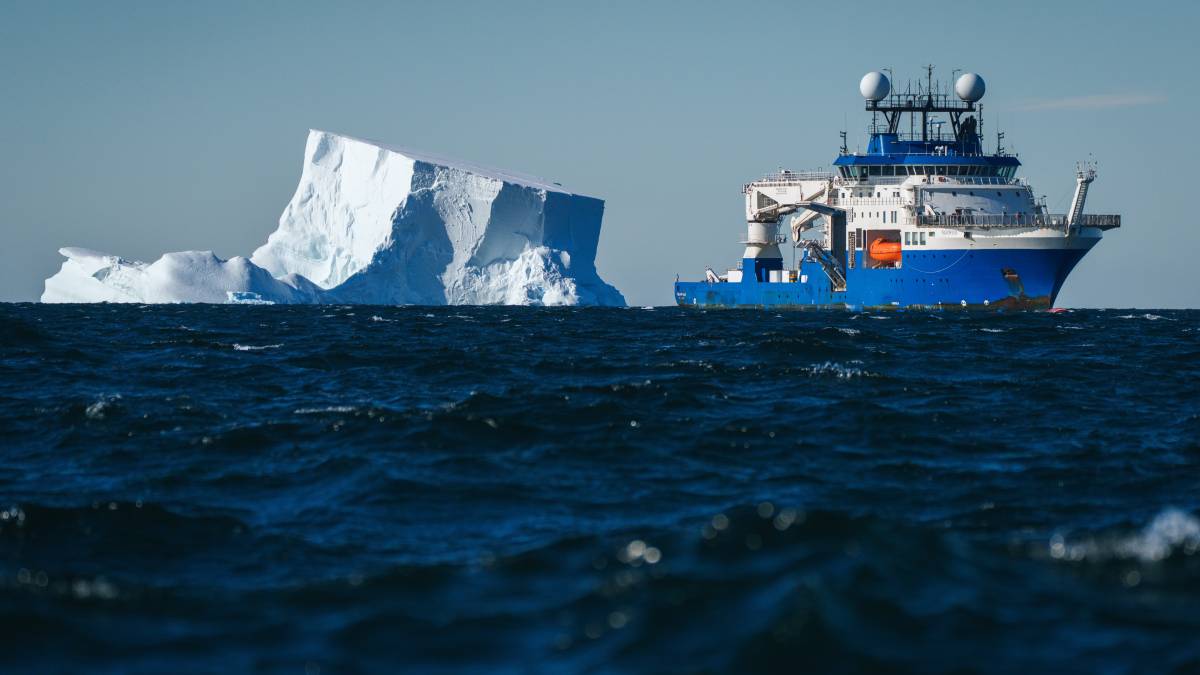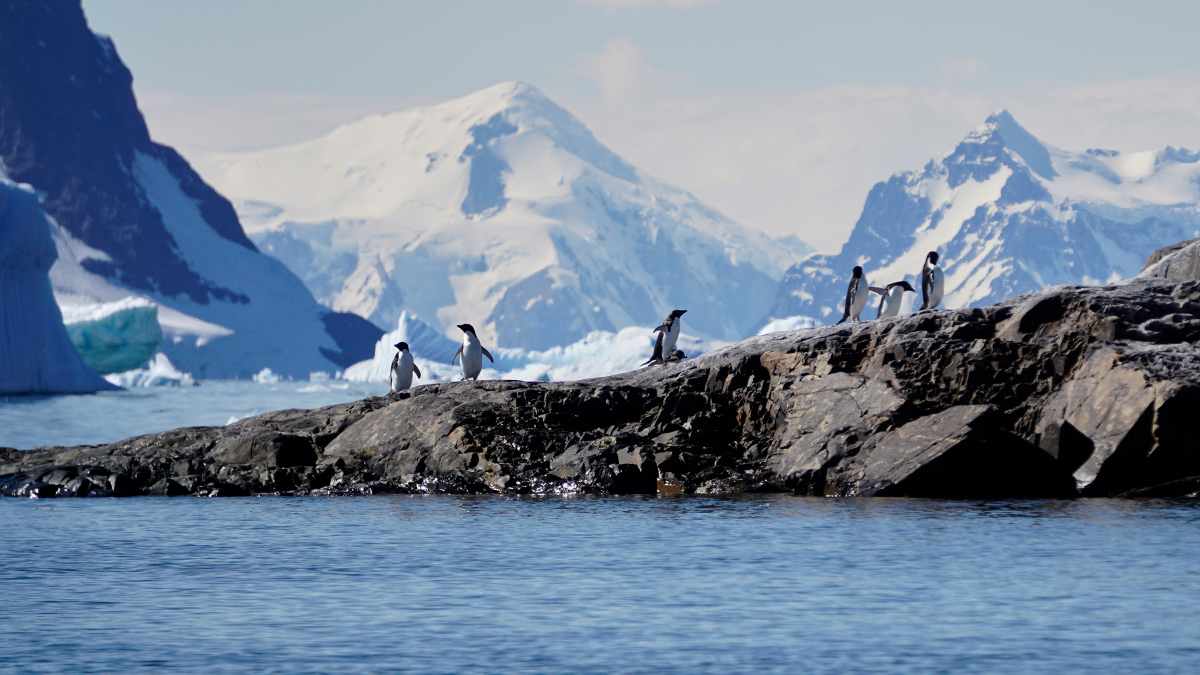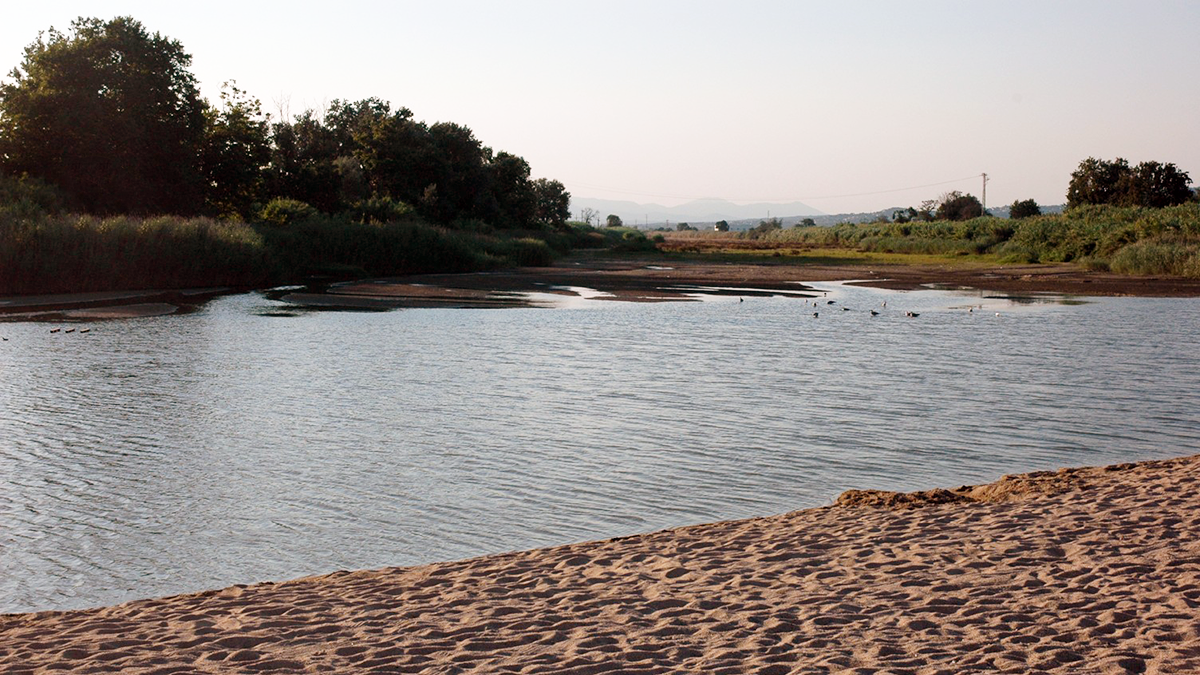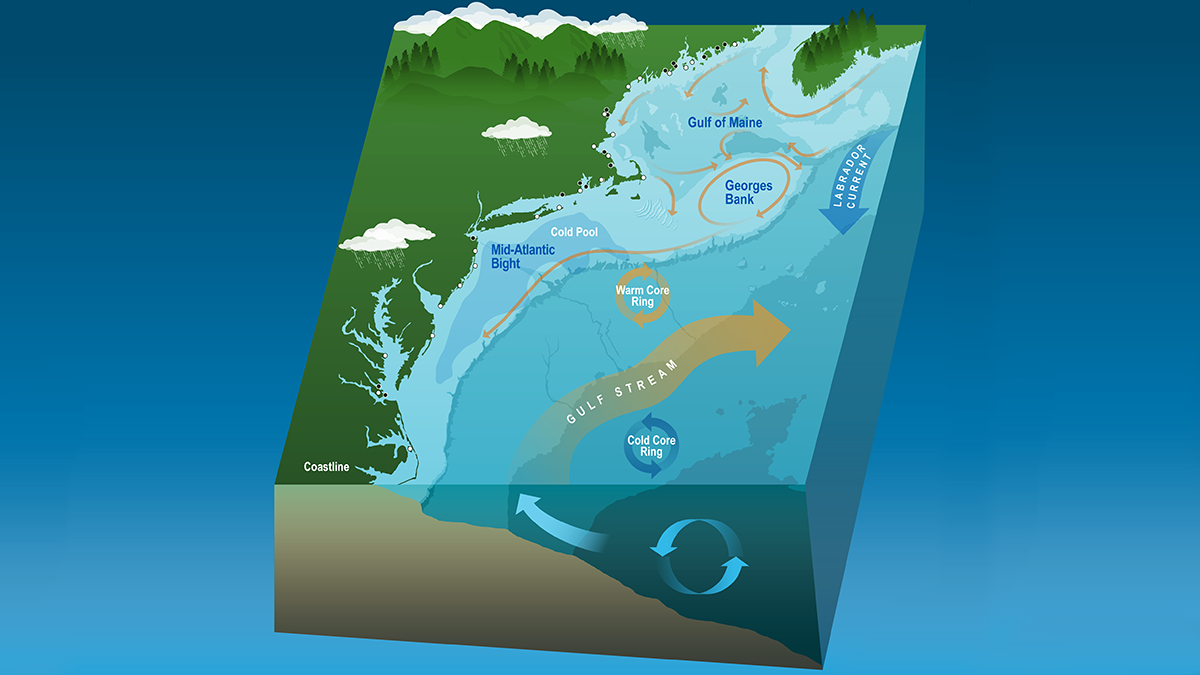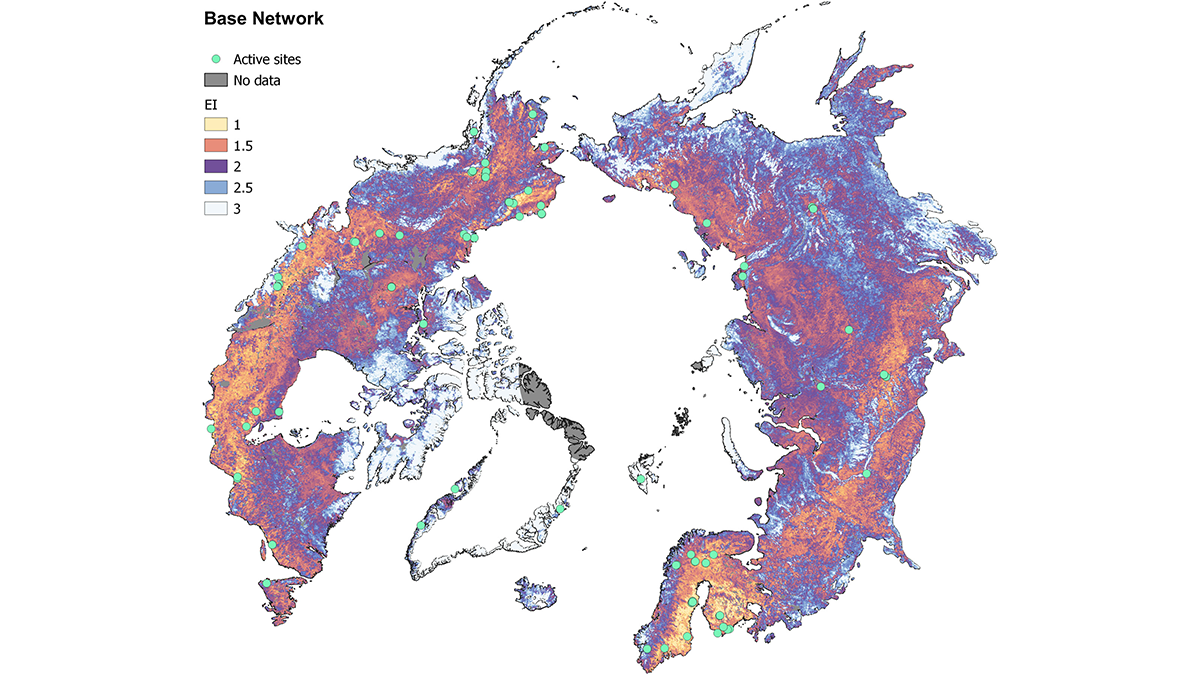Reoxygenation approaches have shown some success in lakes, but their potential risks must be examined carefully before they’re implemented as solutions to improve the health of coastal waters.
ecosystems
Thriving Antarctic Ecosystem Revealed by a Departing Iceberg
A quick-calving iceberg gave scientists a rare glimpse into what hides beneath Antarctic ice.
Forecasting the Future of Southern Ocean Ecosystems
A new ensemble of marine ecosystem models aims to improve understanding of how climate change will affect the waters surrounding Antarctica.
Wildfires Pose a Threat to Volcanic Soils in the Peruvian Andes
Fragile highland ecosystems showed low resilience to fire, which renders them more vulnerable to long-term degradation.
Carbon-Nutrient Ratios Drive Nitrate Removal in Mediterranean Streams
The type of organic matter, and ratio of nutrients to carbon, impact the ability of heterotrophic bacteria to effectively remove certain forms of nitrogen pollution (nitrate) from streams.
Red Sea Corals Survived the Late Glacial Crisis
Research indicates that delicate deepwater corals tolerated or adapted to major climate and salinity fluxes, “yet today, it’s a complete massacre.”
El ADN de los sedimentos lacustres revelan el impacto de los peces introducidos
La trucha no nativa ha alterado la diversidad del zooplancton que habita en los lagos de gran elevación.
Coastal Dynamics Revealed by Satellite Salinity Data
One decade of high-quality satellite salinity observations provide valuable insights into the complex dynamics in the Mid-Atlantic Bight.
Sensing Potential, Scientists Refine Thermal Imaging of Ecosystems
At a recent “bake-off,” researchers judged thermal infrared cameras and developed guidelines for their consistent use in studying vegetation temperatures, which illuminate vital ecosystem processes.
Filling the Gaps: Context and Design of Arctic Carbon Flux Measurement Networks
Large scale observational networks are necessary for understanding the impact of a warming climate in the Arctic, but critical tools are crucial to how those networks are designed.


